Telemedicine solutions like Doctor On Call have been effectively used to increase access to medical services for patients while reducing the cost of healthcare. Moreover, the current economic crisis caused by the COVID-19 pandemic has also prompted healthcare to shift to new modes of delivering diagnoses, treatments and consultations.
Due to these shifts, telemedicine applications have been touted as the natural next steps for hospitals, even when the air clears and the world stabilises. The ease of access, coupled with lower operations costs and better prioritisation, together make telemedicine and doctor-on-demand apps key players in the digital transformation of healthcare.Additional features such as video calling, voice call, file sharing and real-time chat enable superior user experiences that mimic real-life interactions quite effectively.
How does Telemedicine Apps Work?
Telecom applications close the distance between users, making it easier for anyone, particularly symptomatic patients, to stay at home and communicate online with the doctor. Even outside the context of the coronavirus pandemic, telemedicine helps healthcare workers set priorities, allowing critical patients to visit the hospitals and moving regular consultations onto online apps. This maintains a balance between the supply of healthcare and demand from patients and ensures everyone’s needs are met in the most practical manner possible.

Table of Contents
Telemedicine apps usually have the following key features:
Online video consultations: Patients can consult doctors through video calls rather than visiting the hospital in person. They can share symptoms and receive diagnoses through a short video call. Telemedicine chat platforms help doctors write down exact prescriptions which patients can then source from the pharmacy. An integrate voice call API for telemedicine apps also helps maintain connections regardless of network speed or device capabilities.
Treatment advice: During the course of treatment, patients can get updates from their doctors using a telemedicine app without having to physically visit a clinic. This is especially convenient for patients who have been prescribed bed rest or are otherwise unable to travel.
Prescription management: Telemedicine apps allow patients to keep track of their current and expired prescriptions so they take the right medication. It’s also convenient for doctors to refer to, without having to look at old paper prescriptions.
Why are Telemedicine Apps Important?
Telemedicine software strengthens the healthcare system, increases the efficacy of emergency facilities and manages appointments and other critical health issues whenever attending hospitals isn’t possible for patients or doctors.
For Patients:
Convenience: Most people today prefer to carry out important tasks on their phones, and healthcare is no exception. Patients can conveniently consult their preferred doctors from wherever they are, bridging the gaps caused by physical distance.
Time-Efficient: No additional time is wasted in waiting rooms to consult with doctors. Patients can receive prescribed care immediately after the consultation video call, reducing treatment time and ensuring timely services.
Mobile Medical Records: With a best api’s to build a telemedicine app, patients can track medical information and send records to other physicians or specialists for second opinions.
For Providers:
Flexibility: More than 20% of doctors and physicians work 60-80 hour weeks, according to a Doctor On Demand survey. However, the use of a telemedicine app can help promote flexible work and better work-life balance. Doctors are able to have better control over working hours and can react quickly to emergencies.
Increased Revenue: Doctors can consult more patients outside of work hours or during breaks, allowing them to increase their revenue without having to shuttle between workplaces.
Lesser Processes: Doctors often have to hang behind at the clinic to handle all the paperwork and logistical duties. They evaluate fewer patients as a result. With telemedicine software, they have all their paperwork on the app, so there’s no need to spend extra time.
What are the Must-Have Features of Telemedicine Apps?
There are some must-have features that every telemedicine app should have, and yet more nice-to-have ones that can be integrated at a later stage.

For Patients:
User sign-in: A login and screen must be the first thing that a patient or doctor sees when they open the app. Additional information includes name, birth date, and medical examinations, appointments, reports and paperwork.
Doctor search and filters: Users should be able to find all information regarding available doctors, their profiles and contact details in the telemedicine network. A doctor search feature allows them to filter and select by rating, preferred gender or location. The search enables patients to find their preferred doctor directly and quickly set up appointments.
Video Appointment: Videos connect patients and doctors much as they would in a physical clinic, except this happens online. For efficiency, video calls should work stably regardless of network connectivity and audio should be clear enough to prevent miscommunication.
Built-in Chat: Using a chat solution for a telemedicine app allows patients to get questions answered immediately, send photos and files, and receive quick non-video consultations.
Payment Gateways: As online payments grow, telemedicine apps need to incorporate payment gateways that are most commonly used, such as Visa, MasterCard, UPI payments and PayPal. Secure and breach-proof payment portals are a must-have.
Ratings and Reviews: Once patients obtain a consultation they should be able to leave feedback describing their experience. If the feedback is negative, they should also be able to give feedback and improve the curation of doctors.
For Doctors:
Doctor’s Sign-in: Each doctor should give their name, contact details, photographs and availability. Another helpful feature is displaying a panel with the number of consulted patients, prescriptions and scheduled appointments. The more detail about their past, the more credible for consumers they become.
Scheduling: Doctors can display their schedule such that patients can book available appointments through the app. If they need an urgent appointment, doctors should be able to confirm or deny their request as soon as possible without leaving the app.
In-app Messages: A two-sided engagement is necessary for the ideal mobile telemedicine app. Doctors should be able to communicate with patients through chat, video and voice call just as a patient would want to communicate with them. They must also be able to receive medications, reports and X-Ray files securely and confidentially.
Tip: Pick the Right Provider for you In-App Chat Solution for Telemedicine Platform
CONTUS MirrorFly: helps you to build an Android, iOS and Web chat API for telemedicine apps that operates in real-time. They provide the stable architecture required to build a feature-rich chat. This service is ideal for telemedicine apps as MirrorFly takes care of security and confidentiality to ensure a seamless online consultation experience. You can fully customise your chat app and enrich the UI and UX further. Their list of additional features is extensive and makes for a great chat experience without moving away from healthcare goals.
Twilio: The secure messaging solutions for telemedicine from Twilio allow you to integrate full-featured chat into your current app, so that patient and doctor satisfaction comes first. They have in-app chat-oriented SDKs and APIs. Instead of low-level protocols, these help you deal with primitives that are easy to understand, including users and texts. That way, healthcare firms with basic apps can easily take on the more active role of a telemedicine online video chat platform through plug-and-play in-app chat. Typing indicators and the read status of messages allow for natural conversations with real-time feedback. Push alerts help convey new messages to physicians and patients even if they are away from the app.
Also Read: Best Twilio Alternatives in 2023SendBird: Their user-friendly chat platforms and strong backend framework make it easy to create rich immersive chat experiences, filled with all of a modern messenger’s functions. This is ideal for telemedicine apps because it brings the familiarity of popular messaging apps while keeping the platform healthcare-oriented. Features such as push notifications, auto-thumbnail generation, typing indicators and read receipts facilitate better real-time conversations. They also allow for offline messaging. This feature allows doctors and patients to receive messages even if they close the telemedicine app, and ensures that their consultation history remains in one place and is secure.
Apphitect: is a native solution that enables the creation of in-app chats in real-time. They offer push alerts, social integrations, geolocation, community chat and stable, secure architecture. These are essentials for telemedicine apps, as they allow both doctor and patient to be in the know and offer patients the choice of selecting nearby practitioners for comfort. Their solution also has additional features. These include emoji support, audio chat, video chat and broadcast messaging. These make it advantageous to consider Apphitect when looking to build a telemedicine app with real-time messaging solution, because they provide a fulfilling and natural experience that mimics in-person healthcare consultations as best as possible, without the physical proximity.
How does one go about building a Telemedicine App?
Get a Project Estimate : Building a telemedicine app is a long and arduous process and, oftentimes, can overshoot budgets. Therefore, it is important to get an estimate from the company of choice before agreeing to begin the project, so that expectations and budgets are set.
Create the Scope of Work :Defining the scope of work in advance allows both the development company and the client company to agree on expectations and deliverables. It also exposes the skills required to complete the project, such that clients can filter companies based on who they think will complete the project successfully.
Oversee the Development Stage :It is crucial to touch base again during the development stage. This is to ensure that the project is going as planned and no hiccups have occurred. It also allows the client to make adjustments to the plan if required, provided the development company is also comfortable with the changes.
Create a Project Demo :In the demo stage, a prototype of the final app is shown to the client. This allows them to match expectations and results, and identify any potential issues that may occur. This also helps the development team make necessary iterations or go back to the drawing board if required.>
Test and launch the App:The testing stage allows for both clients and developers to see the app function in real-time in the intended environment. The feedback from these sessions allows them to tweak the app further, schedule updates and make small iterations. The launch stage takes the final product to market.
How much could Telemedicine App Development Potentially Cost?
It is helpful to gain an estimate of how much it might cost to build a telemedicine app with voice call and other useful features. While this may vary based on the company chosen, the general formula to use is:
Estimated Time x Hourly Rate = Total App Development Cost
It is also essential to identify the number of features required. If you’re looking to get a telemedicine messaging API or a live video call API for a telemedicine app, the costs will likely increase. While it might be tempting to forgo features such as in-app chat API for telemedicine apps to reduce costs, these features are extremely beneficial in ensuring a first-class user experience for both doctors and patients.

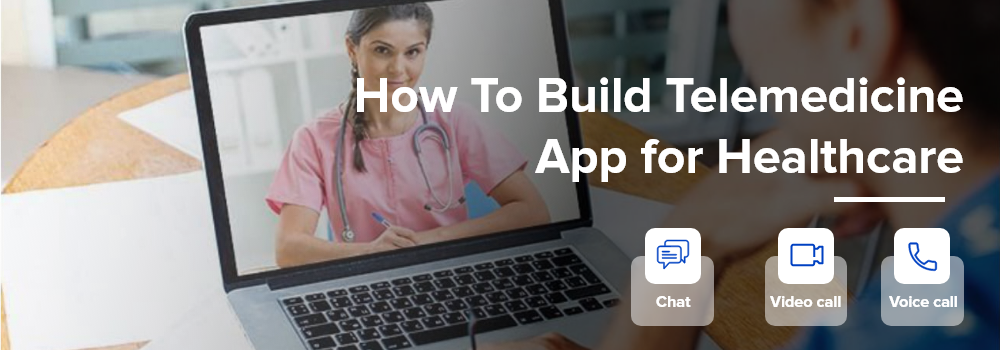

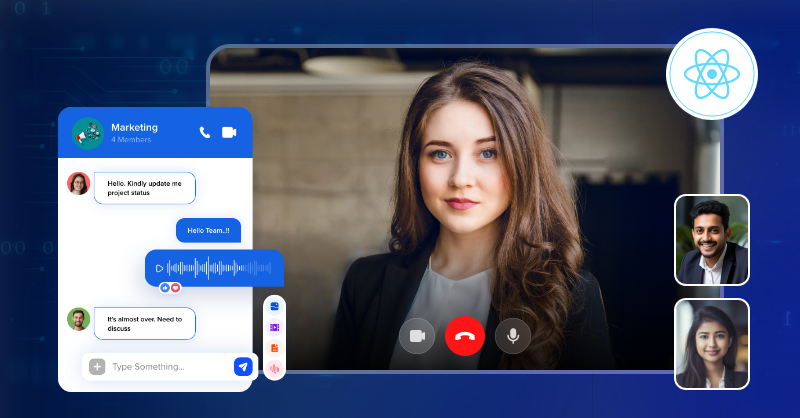
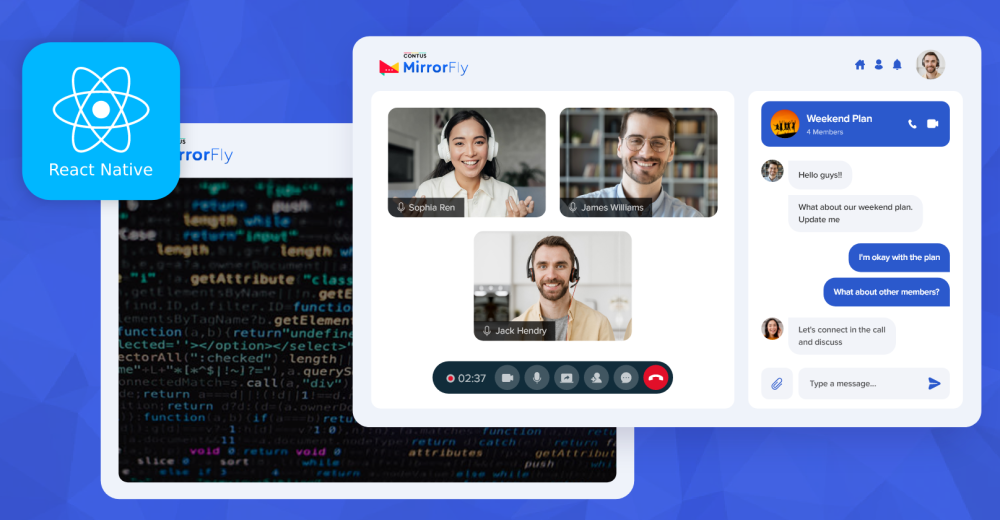
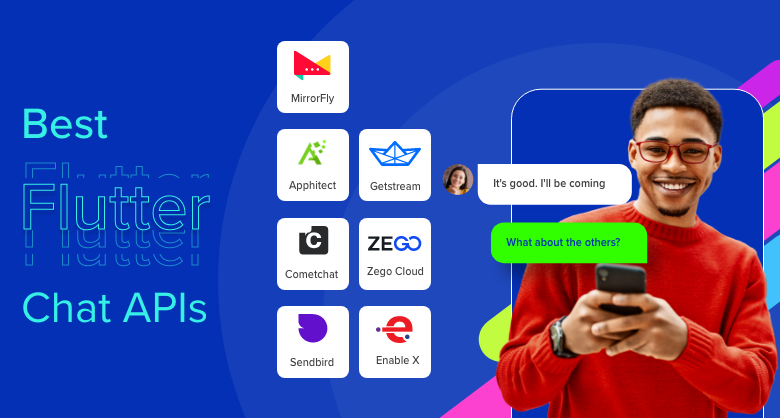

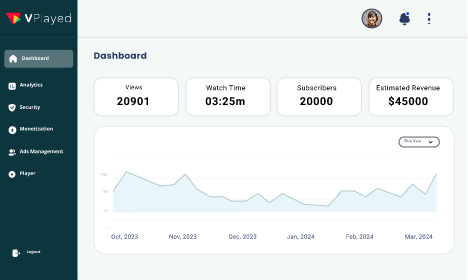
Leave a Reply